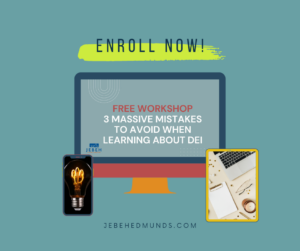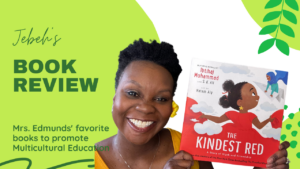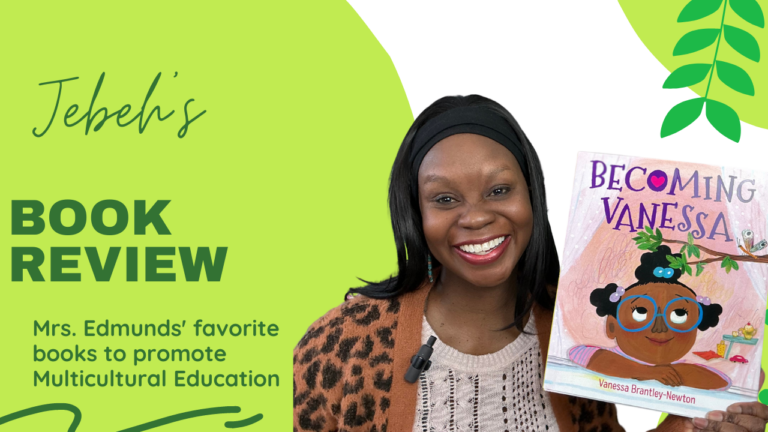Welcome back, everyone!
It’s Jebeh Edmunds here, and I’m thrilled to share with you my latest episode’s book review on My Papi Has A Motorcycle. This heartwarming story, written by Isabel Quintero and illustrated by Zeke Peña, takes us on an enchanting ride through the neighborhood of Daisy Ramona and her Papi. This Pura Belpré Honor Book beautifully captures the tender relationship between a father and his daughter while celebrating the rich history and vibrant culture of their beloved city.
About the Book
“My Papi Has A Motorcycle” invites us into the world of Daisy Ramona as she embarks on thrilling adventures around her neighborhood with her Papi on his trusty motorcycle. Set in Corona, California, this story not only highlights the bond between Daisy and her father but also the evolving landscape of their community. The book’s vibrant illustrations and bilingual narrative (Spanish and English) add depth to the storytelling, making it an engaging read for all ages.
Why This Story Matters
The tale of Daisy and her Papi is more than just a fun ride; it’s a poignant reminder of the importance of family, heritage, and community. Through their journey, readers are introduced to the sights, sounds, and smells of Corona, capturing the essence of what makes a place feel like home. The story also touches on themes of change, nostalgia, and the enduring impact of cultural heritage.
Learning from My Papi Has A Motorcycle
In my review, I delve into several key themes of the book:
- Family Bonds: The book beautifully portrays the love and connection between Daisy and her Papi, showcasing the strength and joy found in family traditions.
- Cultural Heritage: Through Daisy’s eyes, we explore the rich history of her community, including the contributions of immigrant families and the vibrant Latinx culture.
- Sensory Exploration: The narrative vividly describes the sensory experiences of Daisy’s rides, making it a perfect tool for discussing the five senses with young readers.
Educational Insights and Activities
For educators and parents, “My Papi Has A Motorcycle” offers numerous opportunities to engage children in discussions about family, culture, and community. Here are a few ideas:
- Sensory Activities: Encourage students to identify and discuss the different senses described in the book.
- Bilingual Learning: Highlight the Spanish and English words used throughout the story and explore their meanings.
- Community Changes: Discuss how communities evolve over time and the importance of preserving cultural heritage.
Join the Journey!
If you enjoyed this review and want to experience the full journey of Daisy Ramona and her Papi, be sure to watch the full episode on my YouTube channel, Mrs. Edmunds Cultural Corner. Don’t forget to subscribe to stay updated on the latest book reviews, multicultural education resources, and more.
Thank you for being a part of our community. Together, let’s celebrate diversity, inspire young minds, and create inclusive spaces.
Tune In to The Cultural Curriculum Chat Podcast!
Looking for an authentic podcast that delves into Multicultural Education and inclusivity? Join me, Jebeh Edmunds, every Thursday at 7:00am for The Cultural Curriculum Chat Podcast. Each episode offers practical insights, tips, and a touch of humor to inspire you in creating a more inclusive classroom and community. Available on Google Podcasts, Apple Podcasts, Stitcher, and Spotify.
Listen Now!
Watch the “My Papi Has A Motorcycle” Book Review Now!



